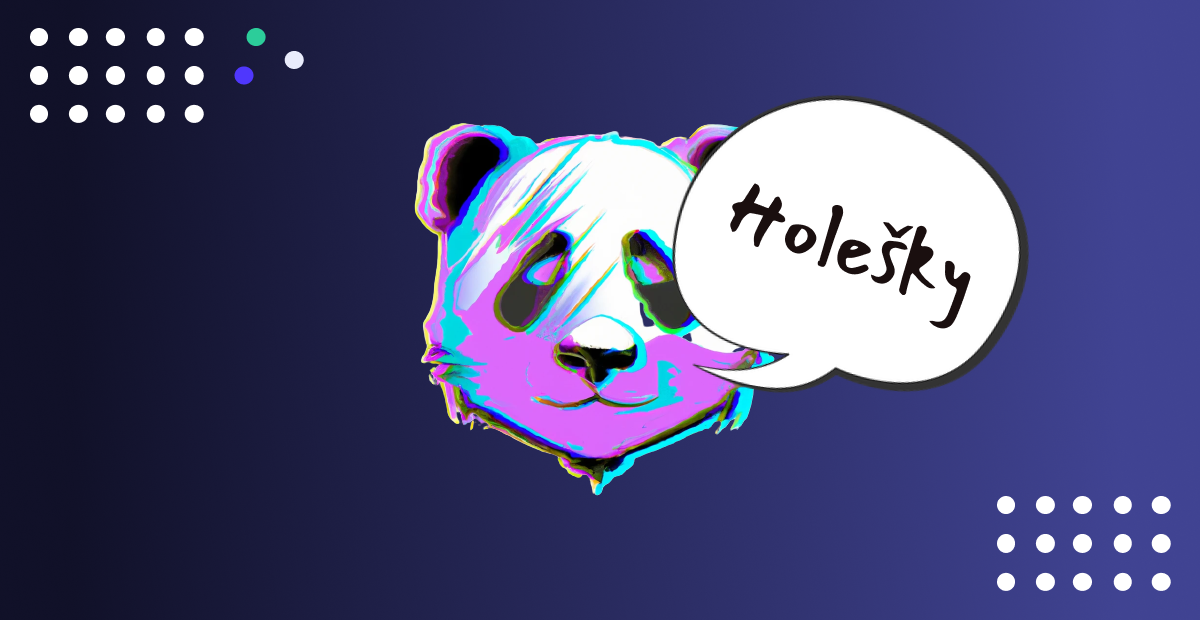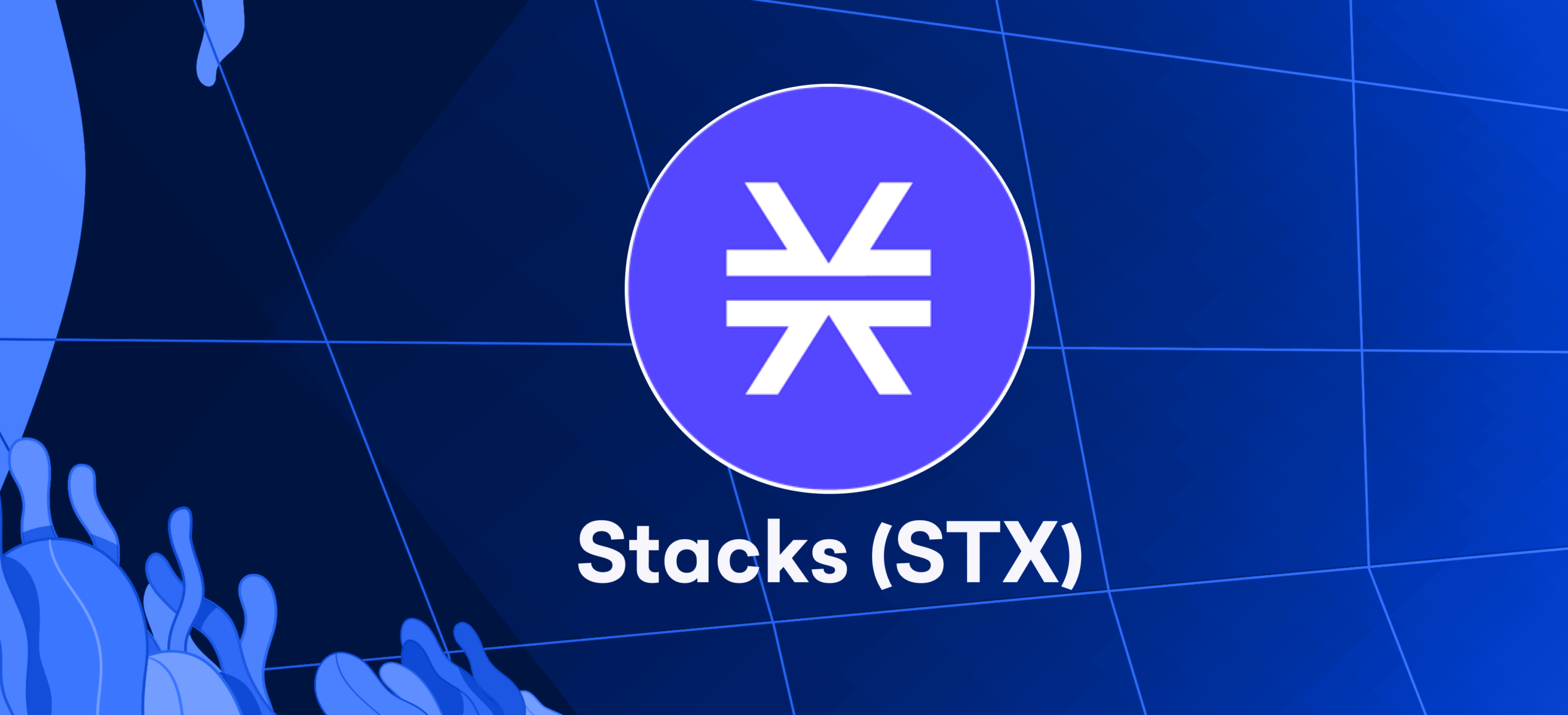Holesky Takes Over Ethereum Goerli Testnet: Essential Updates

Introduction
Ethereum Goerli testnet, the oldest experimental residence for Ethereum (ETH), has been announced as officially retired by its development team. Is this also a turning point of sorts for Ethereum? At this point in the evolutionary process, Ethereans have decided to say goodbye to Goerli in 2023, which constitutes one of the interesting pages in Ethereum’s history. It leaves Goerli to sunset and sets the stage for introducing Holesky, its long-anticipated successor. The decision is purely strategic; behind it lies much more than appears on the surface.
With this step taken, Ethereum looks forward to seeing what special features Holesky brings that might open new avenues and breakthroughs for decentralized applications and blockchain innovation. Likewise, the transition from Goerli to Holesky represents a transformation that is part of Ethereum’s ever-evolving ecosystem.
Holesky Replaces Goerli: Ethereum Testnet Shift
On the first anniversary of The Merge, which was activated last August 9 on the mainnet, Ethereum (ETH) shut down its Goerli test net. Holesky, the original PoS (Proof of Stake) testnet, is called upon to encourage developers to migrate there.
- Ethereum’s (ETH) newest test network, Holesky (Holešsky), officially came to life on September 15.
Holesky replaces Goerli as a testnet for staking, infrastructure, and protocol.
Developers wanting to run stress tests on dApps, experiment with smart contracts, or otherwise test anything related to the EVM should consult Sepolia.
Holesky is Ethereum’s first PoS testnet.
Holesky addresses Goerli’s scalability, goETH token, and validator challenges.
Holesky has 1.46 million validators, nearly double the Ethereum (ETH) mainnet.
But it is planned to end support for the new testnet by 2028.
Therefore, Holesky Ethereum (ETH) will have yet another environment where developers can try out different protocol features.
What is Testnet
In the blockchain, a test network or testnet is an experimental distributed ledger platform that mimics all aspects of a real-world cryptocurrency and implements them on each computer in their little worlds. No transferral value occurs during tests since it is smaller than Nevada (0). Roughly the same as mainnets (main networks), accounts can send tokens to other accounts, and validators will confirm transactions by creating new blocks.
Testnet users can collect signals from faucets that reward them with “ play ” tokens, a free scheme worked out by ETH aficionados. For example, some faucets offer free testnet Ethers in exchange for such activities as sharing on Twitter or logging onto Discord.
The result is that simulated markets let dApps face their stress. These networks are crunch sites for like-minded people to talk and provide encouragement and competition in developing new ideas. It is the norm now for every serious DeFi platform or wallet to go through a testnet phase first.
Ethereum’s Evolution: A Journey Through Testnets and Innovation
Ethereum (ETH), the second-largest blockchain and pioneer of programmable networks through smart contracts, has undergone various testnet iterations over its eight-year history. The 2016 launch of Ropsten marked a significant transition, replacing the original proof-of-work (PoW) Ethereum testnet, Morden. As a crucial testing ground for major Ethereum (ETH) decentralized applications (dApps), Ropsten also played a pivotal role in Ethereum’s exploration of the PoW-to-PoS transition.
The Ethereum community introduced Rinkeby, a testnet based on the Clique proof-of-authority (PoA) mechanism —a version of PoS. In 2017, Oliver Vitouz’s Algorand ended with him buying out his investors at a loss. It was tough going for ICOs in early 2018. Rinkeby communicated with only one Go Ethereum (MAX) client software.
Furthermore, Goerli, a development at the ETH Berlin Conference 2018, has been a breakthrough for Ethereum (ETH) multiclient testing. In addition, Goerli encouraged Ethereum (ETH) programmed in various programming languages to run on her platform. It enlarged the field of play and spurred creativity.
Ethereum took its last step in the march towards progress this year with unlimited issues of testnet tokens on Sepolia, the network’s latest address. It marked Ethereum’s dedication to constant progress and receptivity in an environment of continual change within blockchain technology.
Holesky: Ethereum’s Enhanced Testnet Unveiled
Holesky, the newest testnet of Ethereum, has formally begun operation today. The thing is an unprecedented endeavor by core managers to address the challenges that have plagued past testnets and their usefulness for development teams. Ethereum has shown an intention to do its utmost to simplify the testing process, hoping that continued improvement will provide developers with a more stable environment where they might experiment without obstruction. The reopened testnet shows the team’s dedicated effort and time invested in achieving the goal.
The most notable example is the Ethereum (ETH) test nettle Groundfor, a new incarnation that aborts. Holesky has been developed to correct previous mistakes and serve as an all-rounded environment for development teams to adopt their learning experiences under realistic conditions. While testing a completely new blockchain can be difficult, Ethereum’s core developers hope to address issues from prior versions of teams ‘applications and smart contracts to find an ideal environment for perfecting their code.
Holesky: Highlights
Holesky stands out as the inaugural long-standing public Ethereum testnet created through a “merged from genesis” approach, distinguishing it as a testnet that never underwent a proof-of-work (PoW) phase. Its terminology, akin to its predecessors, derives inspiration from the Nádraží Holešovice subway station in Prague, maintaining a tradition of connecting Ethereum testnets to significant locations.
Moreover, in collaboration with Sepolia, Holesky is pivotal in Ethereum’s testing ecosystem. While Holesky serves as a technical platform for experimenting with staking designs, refining the general infrastructure of Ethereum (ETH), and exploring protocol-level development ideas, Sepolia focuses on testing smart contracts, decentralized applications, and all functionalities within the Ethereum Virtual Machine (EVM). Embracing the conventions of mainstream crypto testnets, Holesky boasts its own set of validators, a dedicated block explorer, and a robust ecosystem of faucets, ensuring a comprehensive and well-supported testing environment.
Holesky: What was Goerli’s problem?
Holesky is a new client (executable code) for ETh, intended to replace Goerli–someone’s testnet that has been active since 2018. It hopes to alleviate Ethereum test networks’ problems that forced testers onto their knees in previous rounds. Most serious was the fact there were far too few GoETH tokens on ethGoerli (a separate, Anvil-released “ pretend net ” for testing), and many had to buy them from exchanges regardless of whether doing so broke test network rules.
There is no need for such problems since many validators can use the Holesky system. Holesky, on the other hand, powered by 1.46 million safeguarding entities protecting network integrity and thus averting malicious behavior or misuse of conservation funds, has already crushed Ethereum’s mainnet (700 thousand) and Goerli (512 while continuing to grow itself rapidly as a result. With this choice, developers can emulate real-world Ethereum (ETH) operations very closely.
However, to prevent this in Holesky, its creators took the initiative at launch by setting aside more than two billion HolescyETH–an amount sufficient for all those developing on their platform.
Holesky: Details
Holesky has been launched with specifications akin to any other EVM ecosystem blockchain. Before users connect to the network, it’s crucial to consider the following considerations for the future Holesky experience.
| Name | Flag | Network ID | Chain ID | Block explorer | Launch epoch |
| Holesky | –holesky | 17000 | 17000 | https://holesky.beaconcha.in/ | 1694786400 |
Developers may begin using the new testnet and claiming test HoleskyETH as soon as it launches.
Holesky Launch Date
On September 15th, 2023, which means one year since the Ethereum mainnet Merge upgrade, the development team launched the Holesky testnet. Engineers have a crucial test bed to experiment and tweak upgrades for the network’s scalability and sustainability. They can make any necessary changes along the way until December 2028. This long testing period defines Ethereum’s commitment to making a transition as smooth as possible. It guarantees a safe and scalable ecosystem for smart contracts and decentralized apps.
Conclusion
In 2023, a huge change for Ethereum will occur whereby the Goerli testnet retires, and in place comes Holesky, which is an upgrade. First on the menu refers to the Proof of Stake (PoS) testnet concerning Ethereum fixing the scalability struggles. Holesky is entering with one million four hundred sixty thousand validators. Ethereum still commits to ensuring the developers have a stable platform, testing it beyond December 2028. The September 15, 2023, launch by Holesky will be a moment in which Ethereum will aid its growth. It will offer an entire framework for building smart contracts and decentralized applications. The Sepolia partnership unfurls the blockchain in a new innovative period and deepens the Ethereum testing environment.
Related Reading | Decoding Bitcoin’s 2024 Halving: Your Essential Guide








